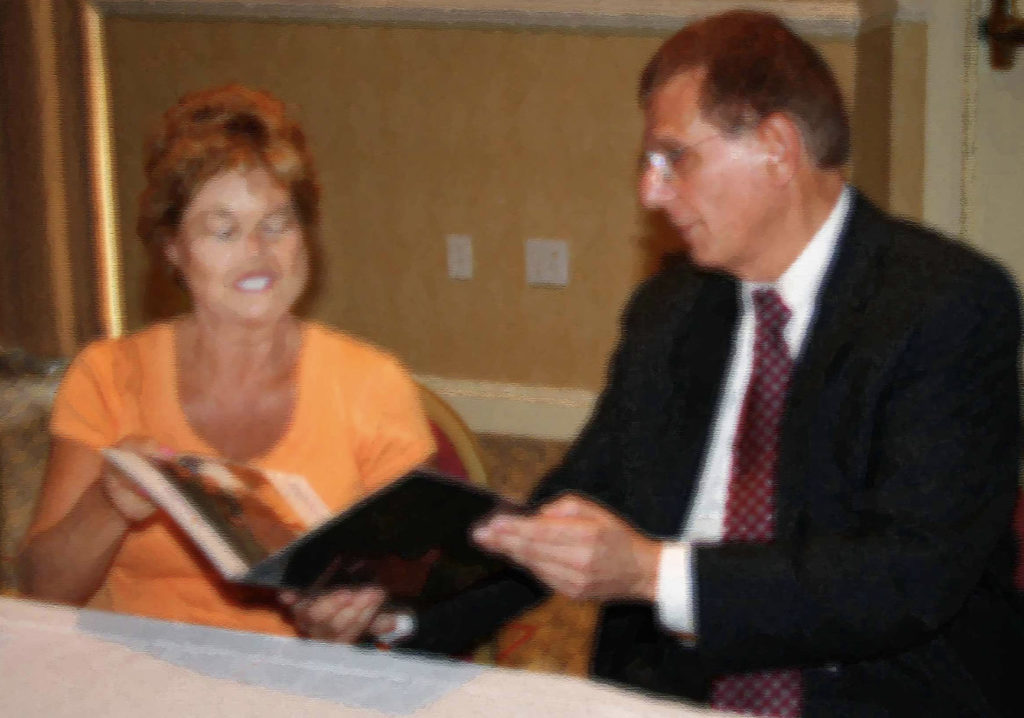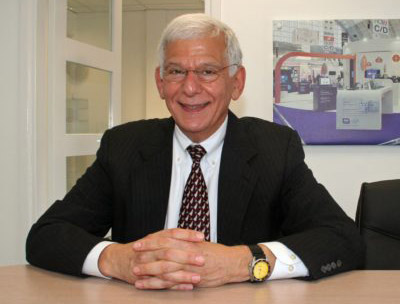In my post entitled “WHAT TO SAY WHEN YOU COLD CALL A PROSPECT,” I recommended making an appointment to give an estimate as soon as you get a positive response. In this article, I’ll give you techniques for differentiating yourself from the competition to enhance your chances of winning the business.
- Don’t sound like ‘the other guys’ – I believe most sales people sound just like their competition. In the moving industry, office movers often boast they’re the biggest, they’ve moved “so-in-so,” and they have the best supervisors. In their respective industries, furniture dealers, telephone, computer, and copier companies are guilty of this, too, because they claim their products are superior, provide the most cost savings, and offer the best customer service. They all sound alike, and when that happens, your prospect has only one basis to make a decision—PRICE! By “blazing new trails” and not copying your competition, you’ll have a better chance to make the sale even though you’re not the cheapest.
- Never assume – After meeting and greeting, most sales people are ushered into the prospect’s office, where they proceed to break the ice by patronizing him or her based on what’s on the walls or shelves (sports memorabilia, family photos etc.). When I started Peachtree Movers, I tried to prove we were just as good as the other movers by following the same format. I had a big disadvantage, though. I have never been interested in sports of any kind and didn’t even know the names of our teams in Atlanta. Desperate to start a conversation about something other than sports, I’d praise my prospects’ family pictures when they were on display. This worked well until one day I innocently complimented a 60+ year-old contact about a picture of his attractive young daughter. He jumped to his feet and yelled, “That’s not my daughter; that’s my new wife!” No, I didn’t get the move, and I realized that I needed to stop trying to be like all the other movers.
- Get to the point – After wasting 10 minutes to warm up a prospect, sales people typically shift the conversation to the meeting’s real purpose by taking out a legal pad (or laptop computer) and asking if the prospect has any specific concerns about the upcoming move. Since this might be the only opportunity he has to meet with the prospect (because he plans to email his proposal with the price), the sales person usually spends several more minutes telling the prospect the history of his company and why they’re the best. Finally, after “shooting the breeze” and covering his company’s history, the sales person asks his contact to lead him around the office while he takes an inventory of his furniture, computers, and contents. Depending on the size of the space, this could take a long time. Days later, the sales person emails his promotional material along with the price to his contact. Once received, what one page do you think the prospect looks at? That’s right, the price page! Boring, boring, boring—not only does he follow the same drill as the other movers, but can you imagine hearing the same thing from all the bidders?
- Stop following the followers – After my encounter with the “dirty old man,” that’s exactly what I did—I stopped following the followers and had amazing positive results. To begin with, we controlled the customer from the moment we made our appointment by saying, “Here’s how we work. For our first visit, we’ll only need 15 minutes of your time. For our second meeting, we’ll need another 45 minutes because that’s when we’ll give you the proposal. Is that acceptable?” Not only was this process a great differentiator, but our contact always said yes.
- Take control of the encounter – We used our next differentiator when I met our contact in his reception room. When he tried to take me to his office, I interrupted him by saying, “What I really need is to get a quick tour of your office so that I can get a feel for your move.” I’d then walked briskly ahead of him through his office and created a dialogue between us by asking the following questions:
- “Do you own or lease your copier?” (If he owned it, I instructed him to have it prepared for shipping so that we could move it safely—sorter detached, paper trays secured, and toner removed. If he leased it, I told him to have his lessor move it.)
- “Are your file cabinets bolted side by side? If they are, would you like us to balance and bolt them at your new office?”
- “In order to save money, most of our clients have their employees move their personal lamps, plants, paintings, and other personal items themselves. Should I assume your company wants to save money, too, and will have your employees handle those items?” (Most of my competitors never inquired about these items and ended up damaging them and killing the plants when they moved them.)
- “Please help me measure your conference room table so that we can ensure it will fit in the elevator.” (I’d hand the end of the metal tape to the customer and instruct him to help me measure the table tops width and length. None of our competition involved the contact in this fashion.)
My unique questions during the quick walkthrough sent a subliminal message to my prospect—we weren’t more expensive, just more thorough. While my competitors’ approach was to sit in his office trying to become his friend, I was professional, strictly business, and all substance.
Next, I’d ask my contact to allow me to take a thorough and detailed inventory—by myself—of everything that’s included in the move. Then I would ask my contact if I could return at a later date, for about 45 minutes to present the proposal, walk through the strategy and give the price. I’d pick a day and time as close to our first meeting as possible.
- Present the proposal away from the prospect’s desk and distractions – I always asked to present my proposal in a conference room; that say, instead of sitting opposite him at his desk in a subliminal confrontational position, I partnered with him by sitting next to him at the conference table. In reviewing the proposal, I never read the estimate. Instead, I sold our benefits by showing him 8 ½ x 11 pictures of how we were going to minimize the risk of damage to his furniture, computers, and the new office space. As I covered in my earlier posts, I’d close by giving him a list of our very last five moves with contact information instead of references (like the other movers picked and chose to make them look good). I would also apply gentle pressure to the more profitable move contacts by saying, “Unlike our competition, we book on a first come first serve basis. If you’d like to use us, please let us know as soon as possible so that we can reserve our limited precious resource—our trained professional movers—for your job.”
Be sure to join our Group at https://www.linkedin.com/groups/12060567
For more information on our online office moving training, please visit
https://www.officemoves.com/training/index.html or call Ed Katz at 404.358.2172.










